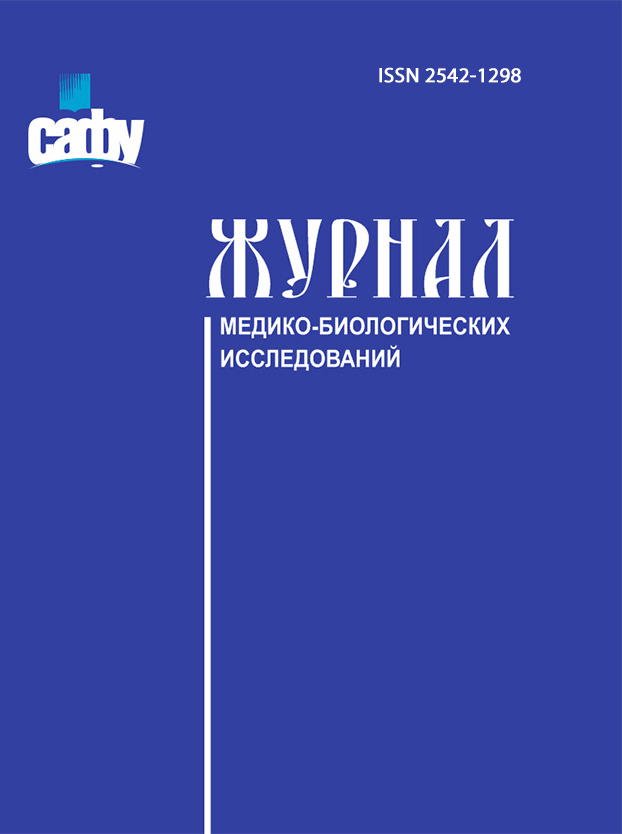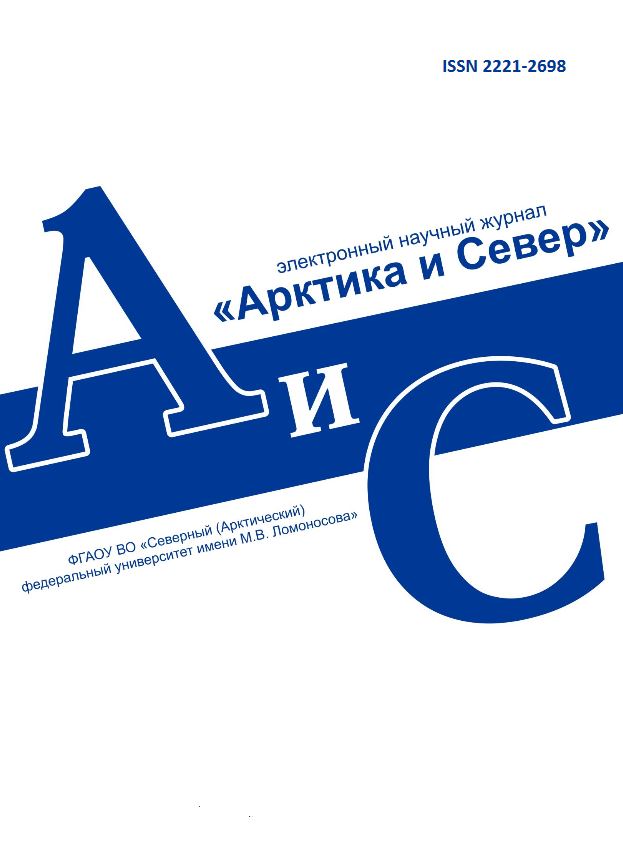
Vestnik of Northern (Arctic) Federal University.
Series "Humanitarian and Social Sciences"
ISSN 2227-6564 e-ISSN 2687-1505 DOI:10.37482/2687-1505
Legal and postal addresses of the founder and publisher: Northern (Arctic) Federal University named after M.V. Lomonosov, Naberezhnaya Severnoy Dviny, 17, Arkhangelsk, 163002, Russian Federation Editorial office address: Vestnik of Northern (Arctic) Federal University. Series "Humanitarian and Social Sciences", 56 ul. Uritskogo, Arkhangelsk
Phone: (8182) 21-61-20, ext. 18-20 ABOUT JOURNAL |
Section: Philology Download (pdf, 3.7MB )UDC821.161.1AuthorsElena G. IvashchenkoAmur State University; Ignat’evskoe shosse 21, korp. 7, Blagoveshchensk, 675000, Amurskaya obl., Russian Federation; e-mail: eivaschenko@mail.ru AbstractThe article deals with the evolution of poetic nature in Boris Pasternak’s flash fiction. His early prose (“Apelles’ Line”, “Letters from Tula”, “The Childhood of Luvers”, “Aerial Ways”, etc.) is a result of a certain transformation of poetic images into the prosaic plane, increasing the metaphorization of the text. Tropes are represented in these works in such numbers that the text is perceived vertically (the reader has to go deeper into subtexts), rather than horizontally, which is characteristic of poetic works. This effect is enhanced by complex syntactic structures, a peculiar rhythm, and a diluted plot. Pasternak “uses prose as poetry” (A.S. Pushkin), leaving out its characteristic features: accuracy, clarity and simpler means of expression, all of which are meant to save artistic energy. By the early 1930s, Pasternak’s prose is starting to lose some poetic elements. He attempts to create a dichotomy including the prosaic “Novella” and the novel in verse Spektorsky. “Novella”, unlike Spektorsky, was never finished. It was supposed to embody the epic scale of the unfolding events, but, in the end, it came down to describing the inner feelings of the protagonist, which is characteristic of poetic works. In “Safe Conduct” and Patrick’s Notes, the changes in poetics become perceptible: descriptiveness is replaced by dynamism, syntactic constructions are simplified. Yet, up to the 1940s, Pasternak’s prose remains to a high degree poetrylike. The analysis of Pasternak’s numerous, and cited here, statements about the nature and essence of poetic and prose works confirms the main points of the article.KeywordsBoris Pasternak, Pasternak’s prose, poet’s prose, poetic nature, prose metaphorization, prose rhythmizationReferences
|
Make a Submission
INDEXED IN:
|
Продолжая просмотр сайта, я соглашаюсь с использованием файлов cookie владельцем сайта в соответствии с Политикой в отношении файлов cookie, в том числе на передачу данных, указанных в Политике, третьим лицам (статистическим службам сети Интернет).






